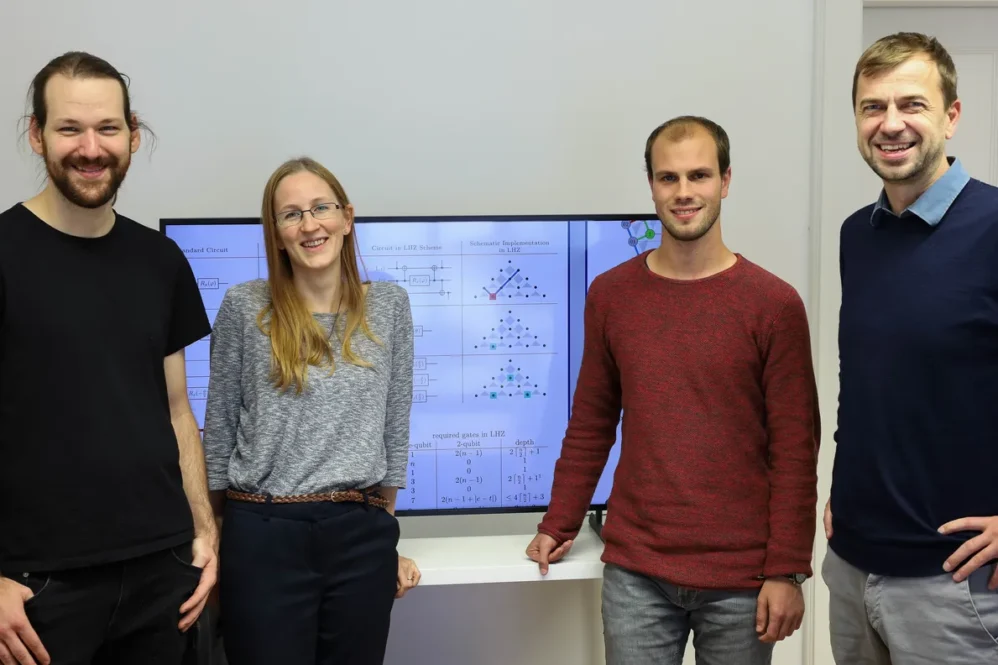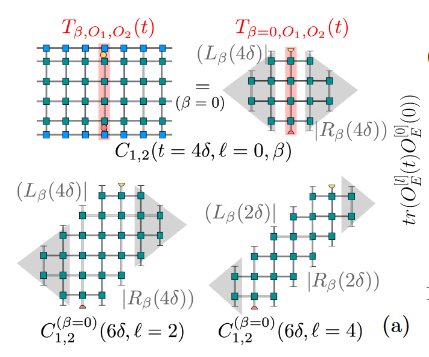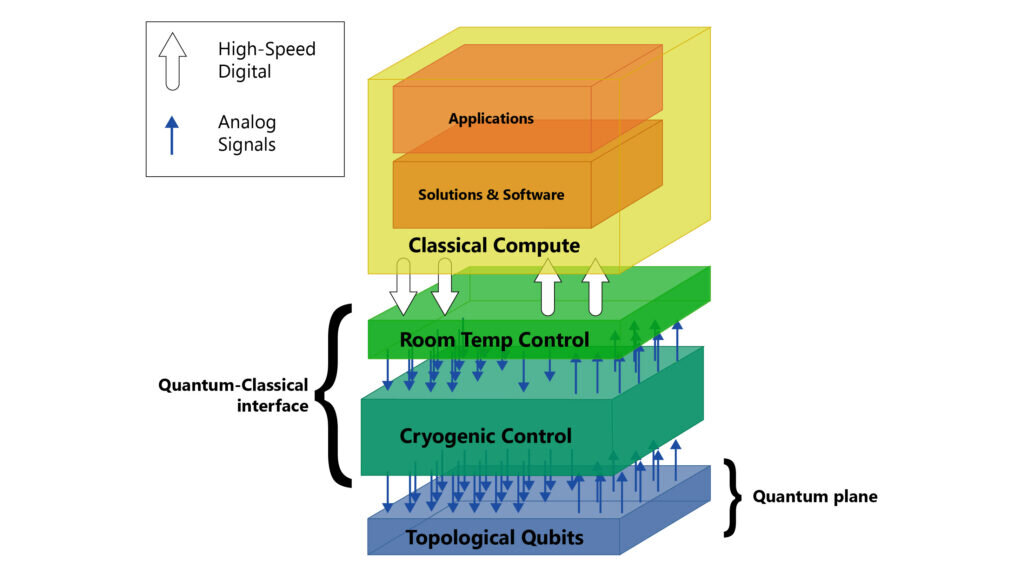Quantum computing stands at a crossroads, with current machines limited by fundamental constraints. The breakthrough LHZ architecture, developed by Wolfgang Lechner, Philipp Hauke, and Peter Zoller in 2015, may provide the path forward. This innovative approach, initially designed for optimization problems, has now demonstrated potential as a foundation for universal quantum computation.
Traditional quantum computers face an inherent challenge: qubits must interact with all other qubits in the system. This requirement creates significant scaling difficulties as systems grow larger. The LHZ architecture elegantly sidesteps this limitation through its parity concept, where physical qubits encode relationships between bits rather than individual values.
This architectural shift delivers two transformative advantages. First, it allows complex multi-qubit operations to be performed on single qubits, dramatically reducing computational complexity as systems scale. The Innsbruck research team has demonstrated that quantum Fourier transformations—essential components in many quantum algorithms—can be executed with fewer steps and greater speed. This parallelism makes the architecture particularly efficient for applications like Shor’s algorithm for number factorization.
Second, the architecture introduces a two-stage error correction mechanism that addresses quantum computing’s notorious sensitivity to environmental disturbances. One error type (either bit flip or phase error) is prevented through hardware design, with experimental implementations already underway across various platforms. The complementary error type can be detected and corrected through software solutions.
The practical impact of this research is already emerging through ParityQC, a spin-off company founded by Lechner and Magdalena Hauser. Based in Innsbruck, the company collaborates with scientific, academic (University of Innsbruck) and industrial partners to implement this revolutionary model.
The parity computer concept, documented in recent publications in Physical Review Letters and Physical Review A, represents a promising pathway to realize more powerful quantum computers with manageable engineering challenges. By fundamentally reconceptualizing how quantum information is encoded and processed, this approach may help quantum computing overcome its current limitations and advance to the next generation of practical, scalable systems.
References :
- Michael Fellner, Anette Messinger, Kilian Ender, Wolfgang Lechner. Universal Parity Quantum Computing. Physical Review Letters, 2022; 129 (18) DOI: 10.1103/PhysRevLett.129.180503
- Michael Fellner, Anette Messinger, Kilian Ender, Wolfgang Lechner. Applications of universal parity quantum computation. Physical Review A, 2022; 106 (4) DOI: 10.1103/PhysRevA.106.042442




